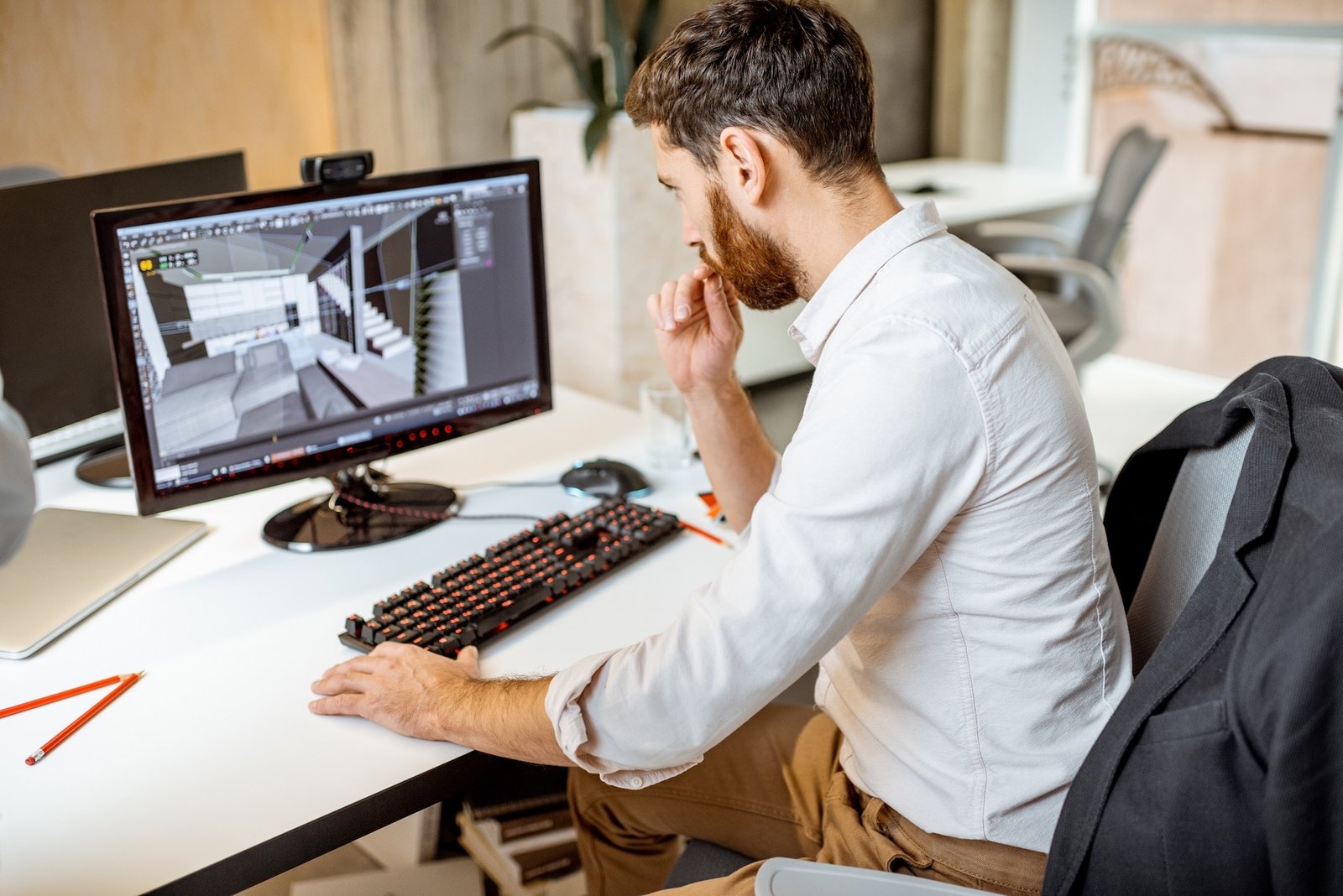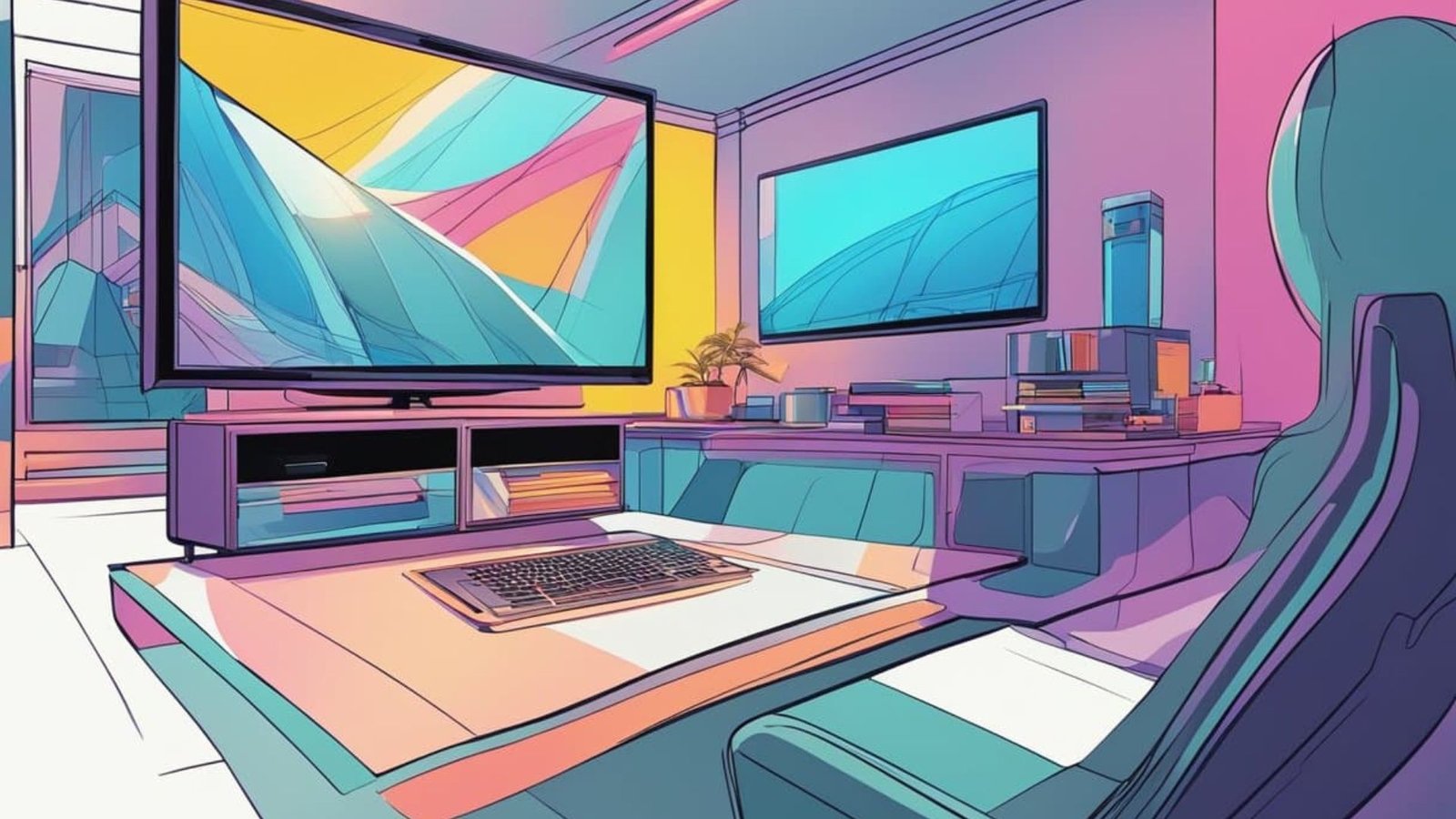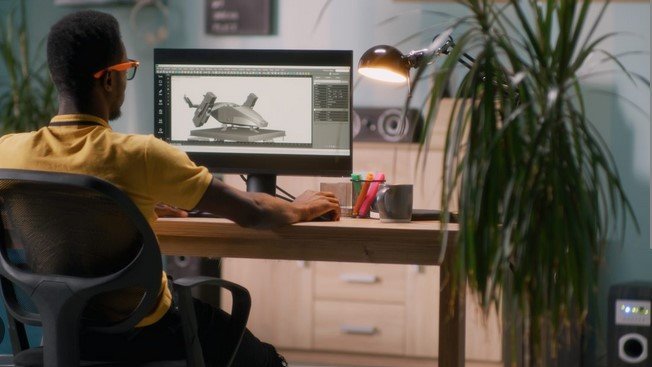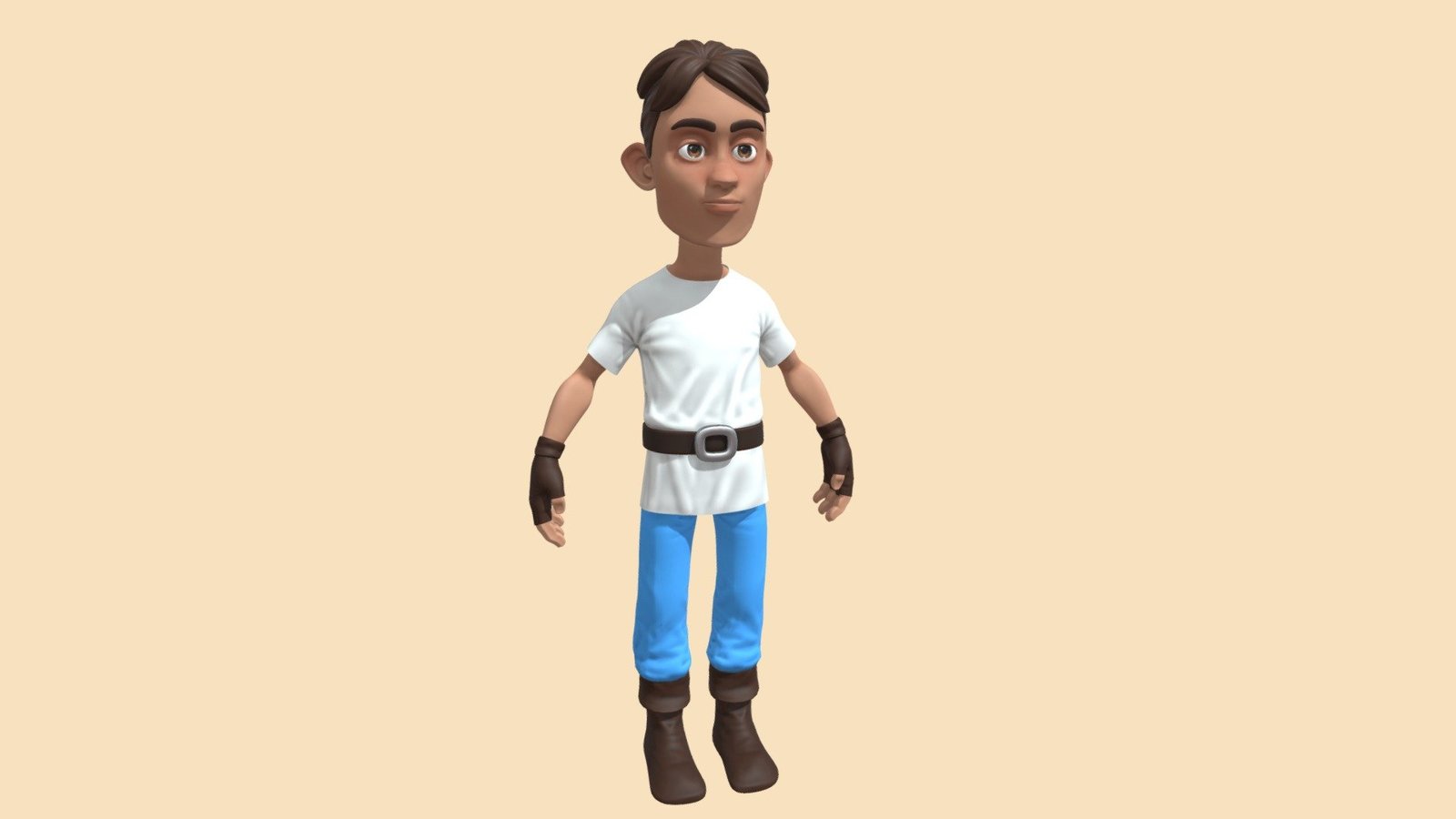Getting feedback on your 3D art effectively is crucial for improving your skills and creating stunning artwork. Constructive criticism helps you see your work from different perspectives and identifies areas for improvement. In this article, we’ll share practical tips on how to get feedback on your 3D art effectively, ensuring that you receive valuable insights that can enhance your artistic journey.
Choose the Right Platforms for Feedback
The first step in understanding how to get feedback on your 3D art effectively is selecting the right platforms. Consider using social media channels, online forums, and art communities where fellow artists gather. Platforms like ArtStation, DeviantArt, and Behance allow you to showcase your work and receive input from other creatives. Joining groups on Facebook or Reddit focused on 3D art can also connect you with people willing to offer their opinions.
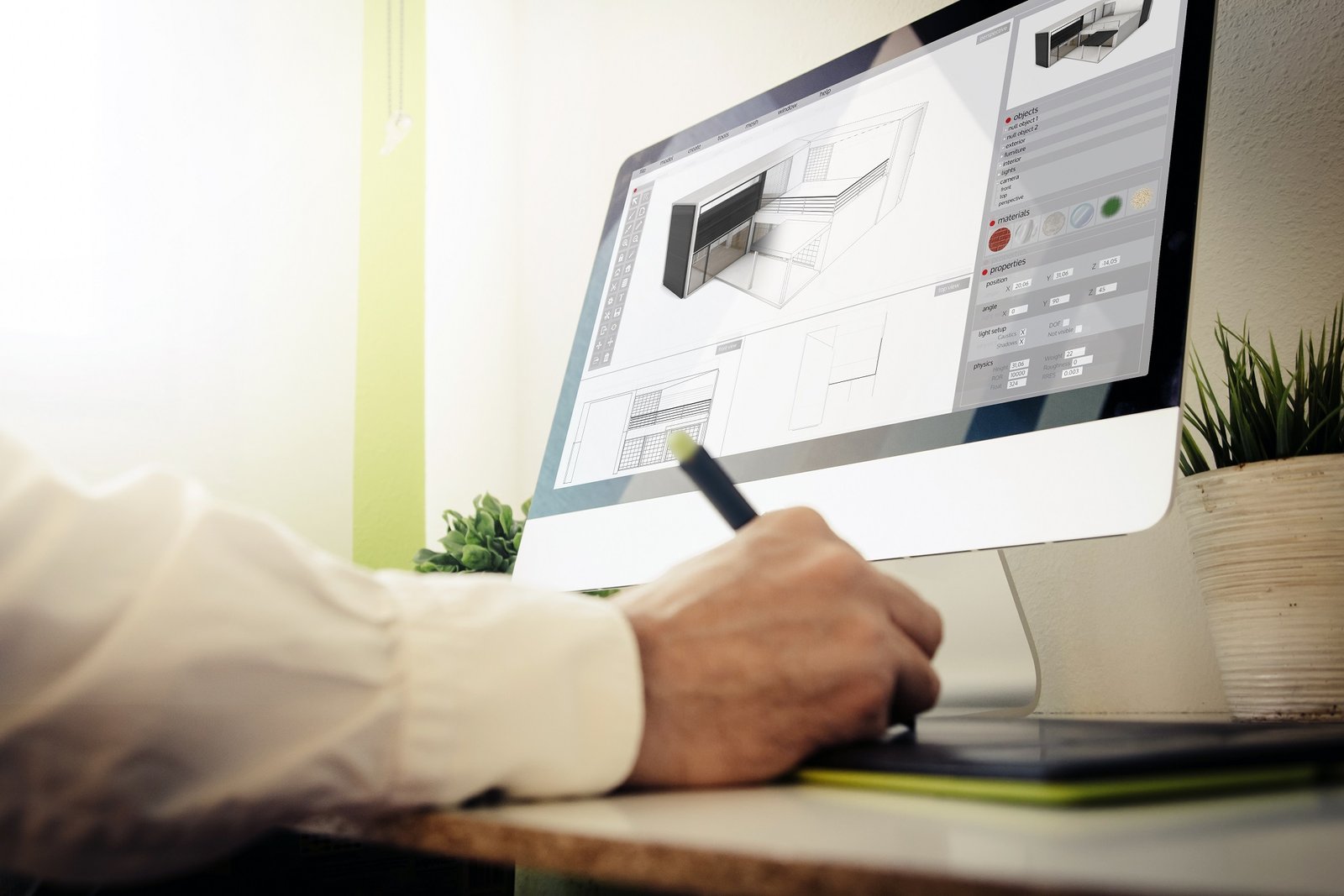
Be Specific in Your Requests
When seeking feedback, being specific about what you want is essential. Instead of asking general questions like, “What do you think?” try to focus on particular aspects of your work. For example, you might ask, “How is the lighting in this scene?” or “Does the character design feel balanced?” Specific questions guide reviewers in providing targeted feedback that is more useful for your development.
Present Your Work Professionally
The way you present your 3D art can significantly affect the feedback you receive. Take the time to ensure your work is polished before sharing it. High-quality renders, clear images, and detailed descriptions help viewers appreciate your effort. Additionally, include the context of your artwork, such as the software used and your artistic intentions. When you present your work professionally, people are more likely to give thoughtful feedback.
Utilize Online Feedback Tools
Several online tools can help you gather feedback on your 3D art effectively. Websites like UserTesting and FeedbackFish allow you to share your artwork and receive comments from a wider audience. These platforms often provide structured ways to gather insights, which can be especially helpful if you’re looking for specific feedback. Using these tools can save time and provide diverse perspectives on your art.
Precision and Probability in Gaming
Just like geometric algorithms rely on precision and calculation, successful play in crazyvegas blackjack depends on strategy and probability. Both challenge the mind to find the best possible outcome.
Engage in Critique Exchanges
Participating in critique exchanges with fellow artists is another great way to get feedback on your 3D art effectively. Find someone who is also looking for feedback and agree to review each other’s work. This mutual support not only helps you gain valuable insights but also fosters a sense of community. Constructive criticism from peers who understand the challenges of 3D art can be especially beneficial.
Attend Art Workshops and Meetups
Attending workshops, webinars, or local meetups is a fantastic way to receive direct feedback on your 3D art. These events often feature experienced artists who can provide expert insights into your work. Networking with other creatives in a live setting can also lead to long-lasting relationships, making it easier to seek feedback in the future. Participating in a supportive environment enhances your learning experience.
Be Open to Criticism
When learning how to get feedback on your 3D art effectively, it is essential to maintain an open mindset. Not all feedback will be positive, and that’s okay. Approach criticism as a chance to grow and improve your skills. Listen carefully to the suggestions given, and try to view them as valuable lessons rather than personal attacks. This openness will help you refine your work and become a better artist.
Keep a Feedback Journal
As you gather feedback on your 3D art, consider keeping a feedback journal. Documenting the comments and suggestions you receive can help you track your progress over time. This journal allows you to reflect on how you’ve implemented feedback in your work and the results of those changes. By reviewing your journal, you can identify patterns in the critiques, which can guide your future projects.
Follow Up with Your Reviewers
After receiving feedback, it’s a good practice to follow up with your reviewers. Thank them for their insights and let them know how their feedback helped you improve your work. This communication builds rapport and encourages them to provide more feedback in the future. Additionally, sharing your revised work can demonstrate your willingness to learn and grow, creating a positive cycle of feedback.
Apply Feedback to Future Projects
Finally, to learn how to get feedback on your 3D art effectively, it’s important to apply the insights you receive to future projects. Take note of common suggestions or critiques and incorporate them into your next creations. This practice not only shows that you value feedback but also enhances your skills over time. The more you apply what you learn, the better your artwork will become.
Conclusion
In conclusion, learning how to get feedback on your 3D art effectively is vital for your growth as an artist. By choosing the right platforms, being specific in your requests, and remaining open to criticism, you can gather valuable insights that will enhance your skills. Engage with fellow artists, attend workshops, and document your progress to create a continuous feedback loop. Ultimately, the feedback you receive will help you produce exceptional 3D art and evolve as a creative professional.

